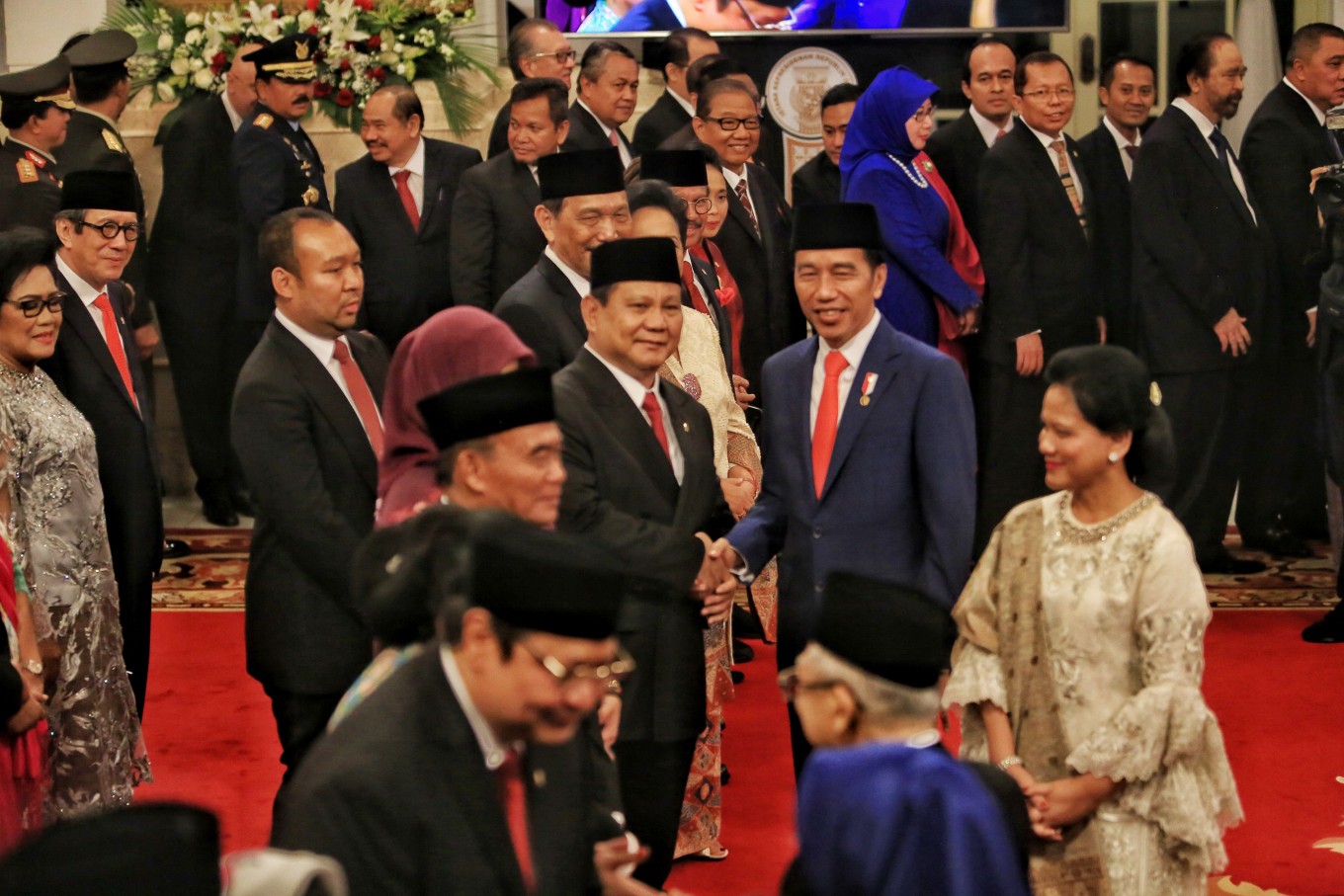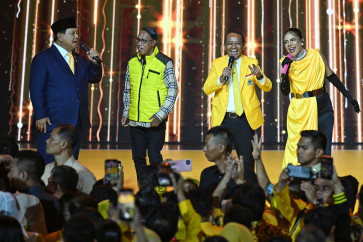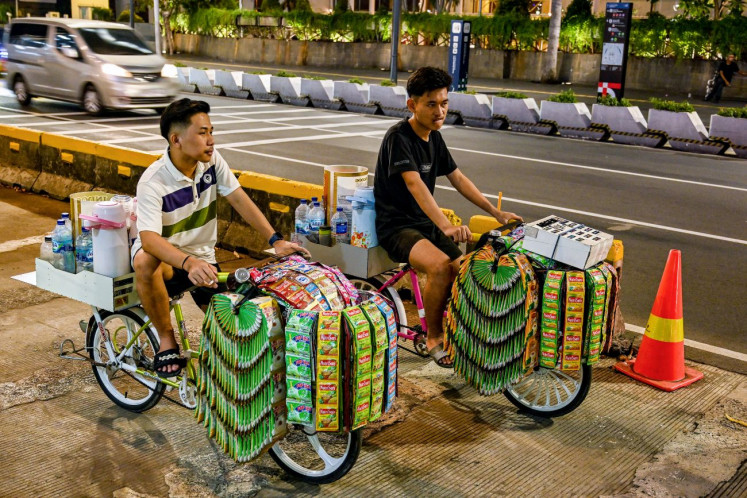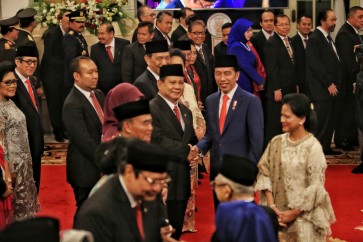Popular Reads
Top Results
Can't find what you're looking for?
View all search resultsPopular Reads
Top Results
Can't find what you're looking for?
View all search resultsInsight: How do we know a successful defense minister when we see one?
The defense minister has essentially four overlapping roles: chief defense bureaucrat, chief adviser to the President on national defense, chief civilian representative of the military and chief defense diplomat. For each role, we can further assess whether he spends more of his time, energy, and capital on processes or outcomes.
Change text size
Gift Premium Articles
to Anyone
R
etired general Prabowo Subianto does not appear to have hit the ground running as defense minister. Last week, during his first public hearing with House of Representatives Commission 1, which oversees, among other matters, defense, he acknowledged he was still “taking stock” of the numerous defense challenges.
This is perhaps why he did not propose anything fundamentally different from his predecessors. His presentation of Indonesia’s strategic outlook (“defensive, not offensive”), broad goals (“handling three hot spots simultaneously”) or basic defense posture are essentially decades-old ideas.
Some are also skeptical of his underdeveloped notion of reviving the Total People’s Defense system and his insistence on keeping budget details away from public scrutiny, although he probably gave details of his work plan to lawmakers in a closed-door meeting.
But the bigger question is, how should we measure Prabowo’s tenure as defense minister in President Joko “Jokowi” Widodo’s second Cabinet?
The defense minister has essentially four overlapping roles: chief defense bureaucrat, chief adviser to the President on national defense, chief civilian representative of the military and chief defense diplomat. For each role, we can further assess whether he spends more of his time, energy, and capital on processes or outcomes.
As the chief defense bureaucrat, the minister formulates “internal” policies of the ministry as well as the broader policies of national defense.
We can ask whether he will focus on improving the day-to-day management (i.e. bureaucracy) of the ministry, or on personnel welfare, on technological procurement, on operational expenditure or on research and development within the defense budget.


















